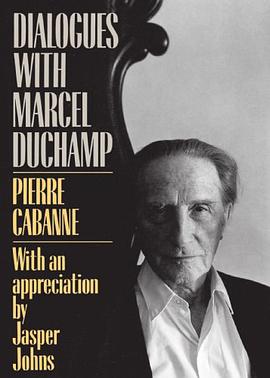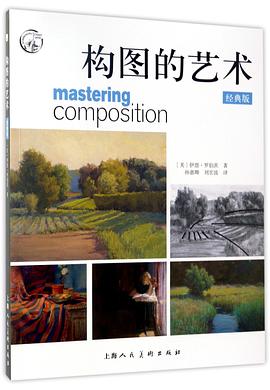Dialogues With Marcel Duchamp (Da Capo Paperback)
内容简介
”Marcel Duchamp, one of this century’s pioneer artists, moved his work through the retinal boundaries which had been established with impressionism into t field with impressionism into t field where language, thought and vision act upon one another, There it changed form through a complex interplay of new mental and physical materials, heralding many of the technical, mental and visual details to be found in more recent art...In the 1920s Duchamp gave up, quit painting. He allowed, perhaps encouraged, the attendant mythology. One thought of his decision, his willing this stopping. Yet on one occasion, he said it was not like that. He spoke of breaking a leg. ’You don’t mean to do it,’ he said.The Large Glass. A greenhouse for his intuition. Erotic machinery, the Bride, held in a see-through cage’a Hilarious Picture.’ Its cross references of sight and thought, the changing focus of the eyes and mind, give fresh sense to the time and space we occupy, negate any concern with art as transportation. No end is in view in this fragment of a new perspective. ’In the end you lose interest, so I didn’t feel the necessity to finish it.’He declared that he wanted to kill art (’for myself’) but his persistent attempts to destroy frames of reference altered our thinking, established new units of thought, ’a new thought for that object.’The art community feels Duchamp’s presence and his absence. He has changed the condition of being here.”-- Jasper Johns, from Marcel Duchamp: An Appreciation
......(更多)
作者简介
皮埃尔·卡巴纳(Pierre Cabanne,1921-),法国艺术评论家,撰写过关于凡·高、毕加索、德加和立体主义的书,发表相关文章多篇。
......(更多)
目录
......(更多)
读书文摘
杜尚一生没有固定职业,他从没有牺牲过自己的自由以把自己出卖给某一种社会职业,成为一种职业动物--这是最令他不能忍受的一种人生。
......(更多)






